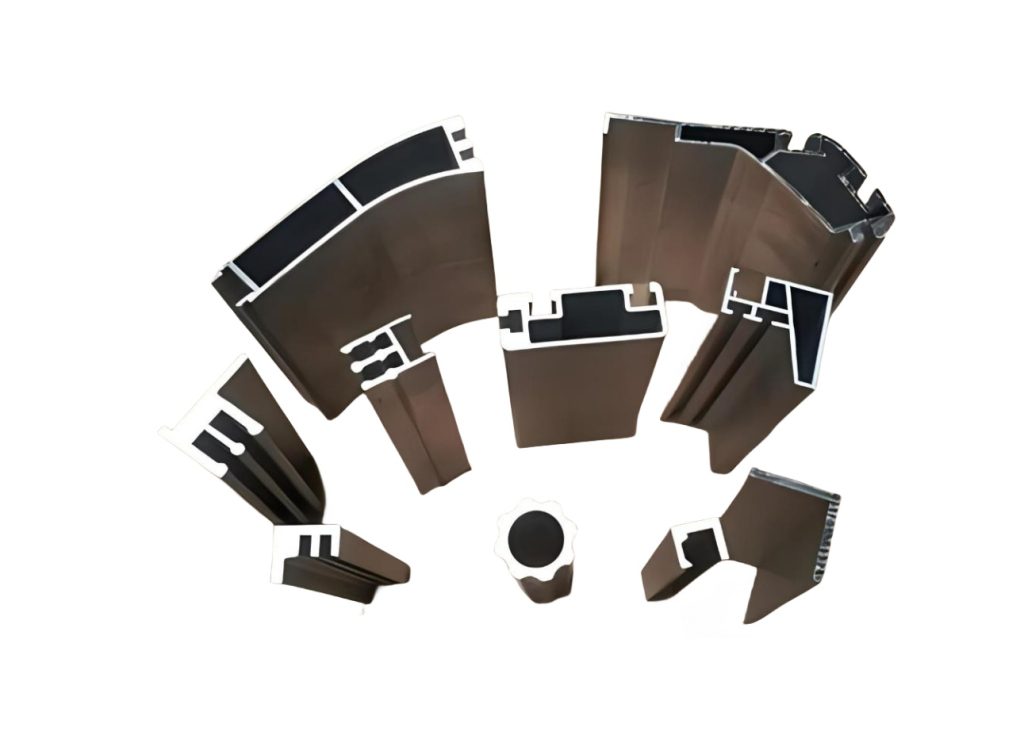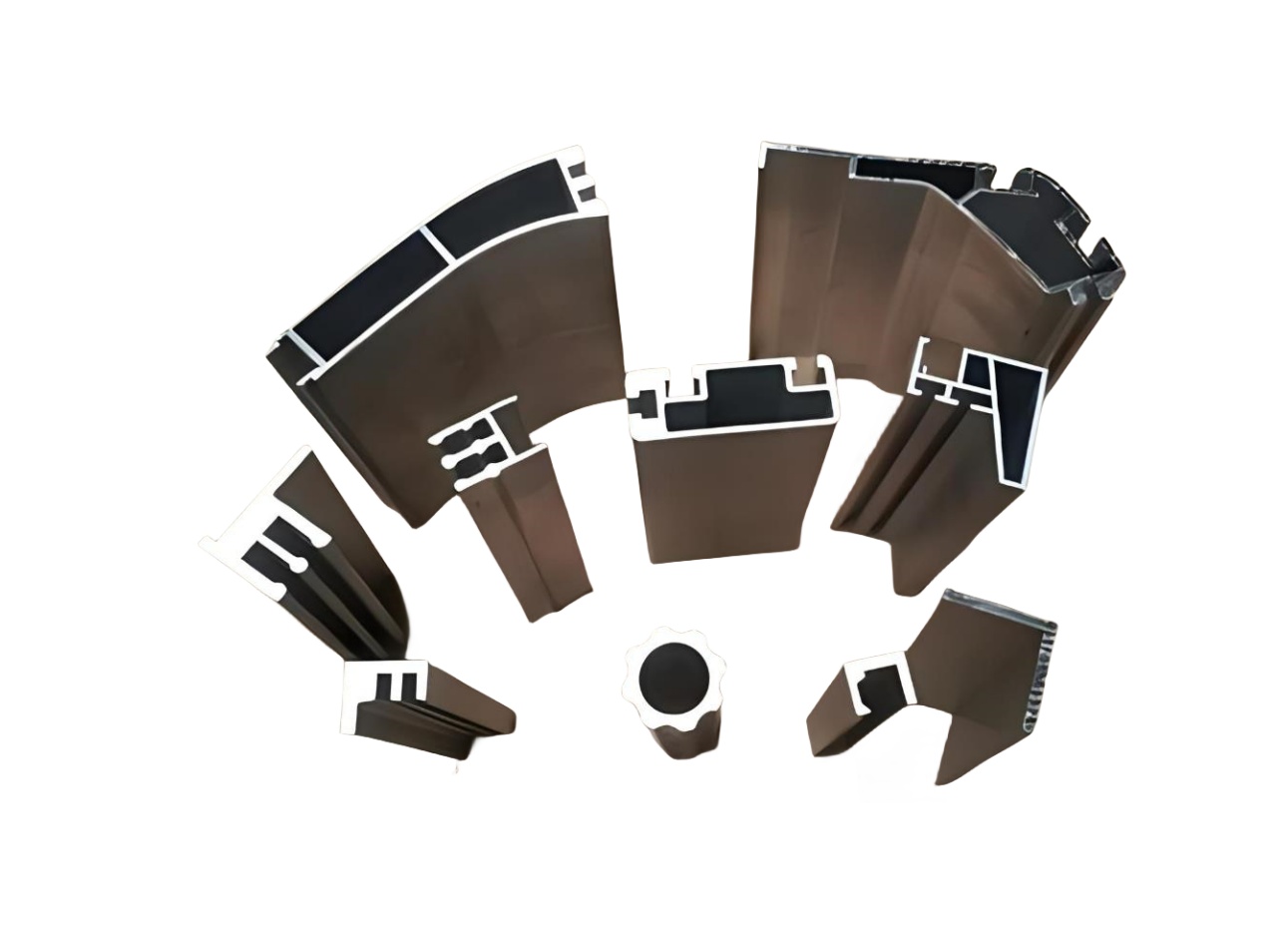Introduction
Aluminum, a metal known for its lightweight, strength, and corrosion resistance, plays a pivotal role across various industries. From construction to aerospace, the application of aluminum is vast and varied. A crucial aspect that enhances its utility is surface treatment, which not only improves the metal’s appearance but also its durability and resistance to environmental factors.
Fluorocarbon Spraying
Fluorocarbon spraying stands out for its exceptional weather and corrosion resistance, making it an ideal choice for high-end building exteriors, outdoor advertising, and automotive parts. This treatment ensures that the aluminum profiles can withstand harsh environmental conditions without losing their color or gloss, thereby maintaining the aesthetic appeal of structures and products for an extended period.
Powder Coating
Powder coating is celebrated for its versatility and cost-effectiveness, offering a wide spectrum of color choices for interior design elements, industrial machinery, and garden landscaping. This surface treatment not only enhances the wear and corrosion resistance of aluminum profiles but also allows for creative design flexibility in interior spaces and outdoor settings.
Anodizing
Anodizing is a process that enhances the natural corrosion resistance of aluminum while also providing electrical insulation. It is particularly beneficial for electronic product casings, architectural decorations, and aerospace components, where maintaining the aluminum’s original appearance or ensuring durability in demanding environments is crucial.
Choosing the Right Surface Treatment
Selecting the right surface treatment for aluminum profiles depends on various factors, including the intended application, environmental exposure, and aesthetic requirements. Fluorocarbon spraying is preferred for exterior applications where durability against weather elements is critical. Powder coating is suitable for interior decor and non-critical parts of high-end projects, offering a balance between cost and performance. Anodizing is the go-to option for projects requiring the aluminum’s natural beauty or enhanced resistance without significant coloration.
Conclusion
The choice of surface treatment can significantly impact the performance and appearance of aluminum profiles in any project. By understanding the specific benefits and applications of fluorocarbon spraying, powder coating, and anodizing, designers, engineers, and manufacturers can make informed decisions to leverage the full potential of aluminum in their creations.

